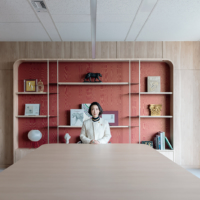The government is set to start full-fledged discussions as early as this month on the idea of extending public health insurance coverage to include childbirth from fiscal 2026.
The government will also consider setting a uniform price for delivery support and related services at hospitals and other facilities in a bid to curb rising expenses as part of measures to tackle Japan's declining birth rate.
As part of a strategy aimed at ensuring the nation's demographic future, adopted at a Cabinet meeting in late 2023, the government announced it would consider covering childbirth costs with public medical insurance.
The current coverage does not extend to childbirth costs in general, while there is a handful of exceptions including cesarean sections.
The health ministry and the Children and Families Agency are slated to establish a panel of experts as early as June to discuss insurance coverage for childbirth and other related issues.
The average of childbirth costs across the country stood at some ¥482,000 in fiscal 2022.
The lowest average by prefecture was ¥360,000 in Kumamoto, while Tokyo's average was highest at about ¥600,000. In Kanagawa, near Tokyo, the average was ¥550,000.
Japan raised its lump-sum childbirth allowance to ¥500,000 in principle from ¥420,000 in April 2023.
In many cases, however, the allowance is not enough to cover all related costs, especially in big cities.
If childbirth is covered through public medical insurance, women giving birth will have to pay 30% of that cost.
The government will consider creating a system to make the out-of-pocket payments effectively zero for childbirth costing up to ¥500,000.
The envisioned uniform price for delivery support and other services is expected to be lower than the childbirth costs in urban areas. But if the official price is too low, that would pose business risks to medical institutions in urban areas.


















With your current subscription plan you can comment on stories. However, before writing your first comment, please create a display name in the Profile section of your subscriber account page.